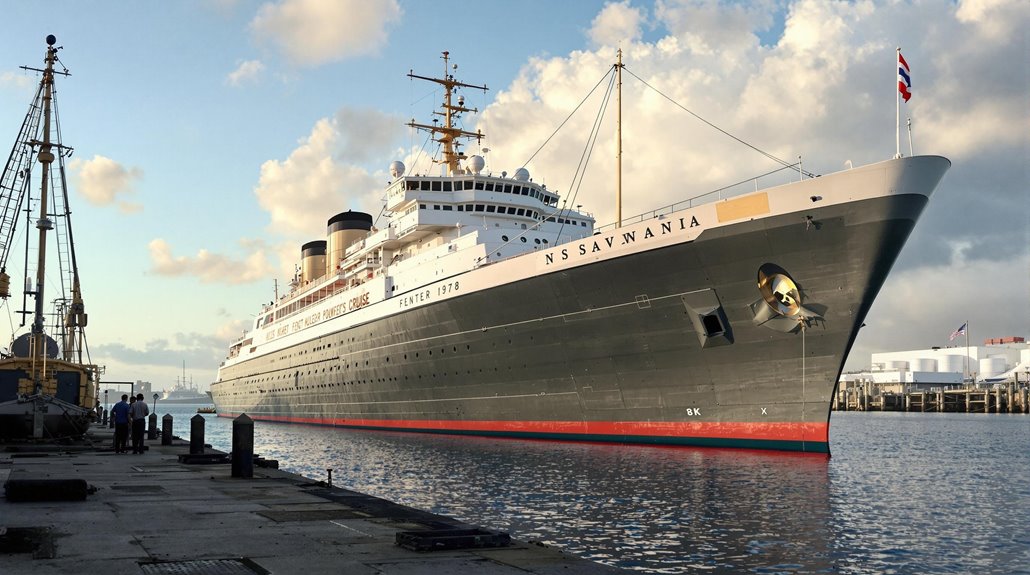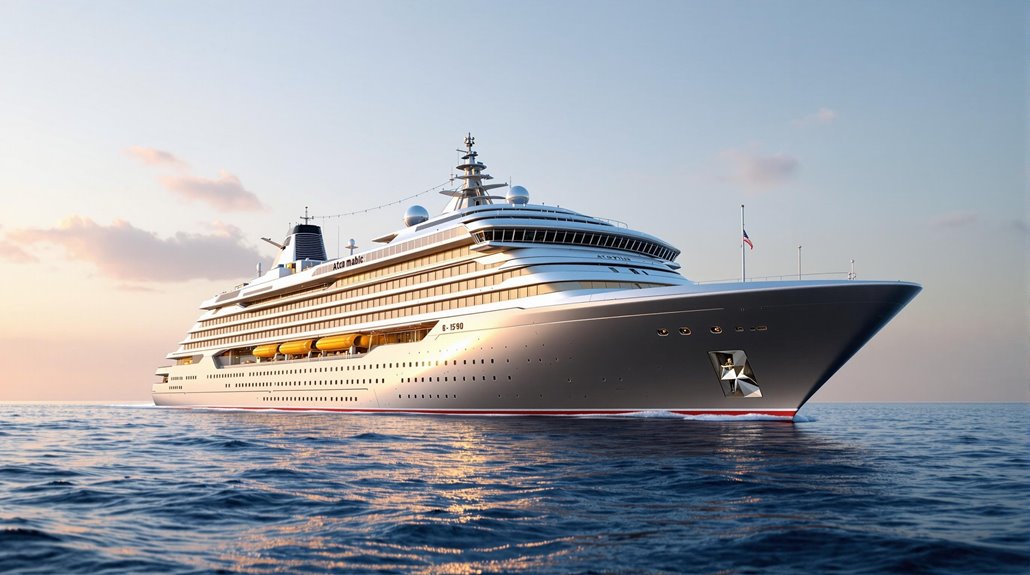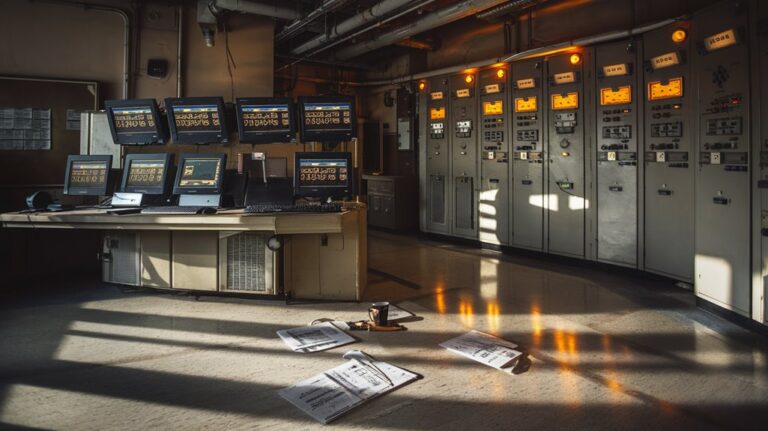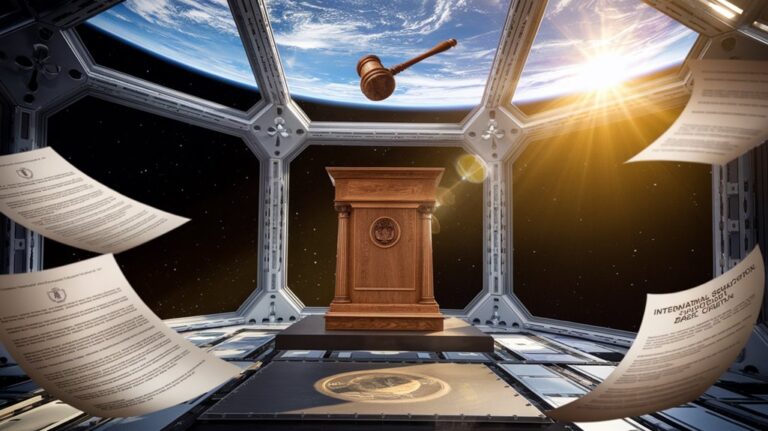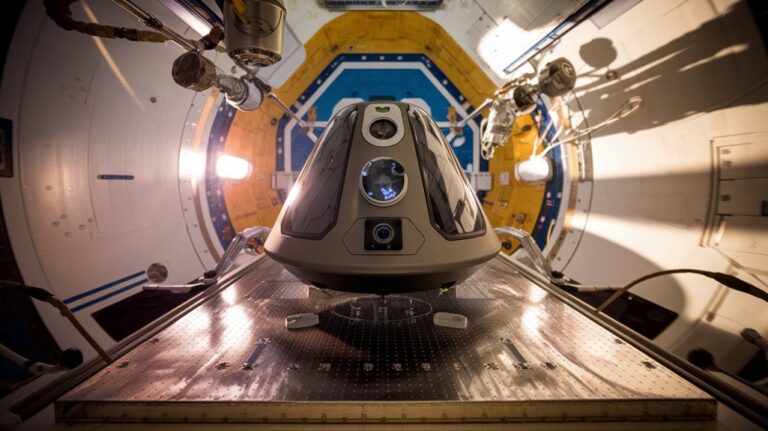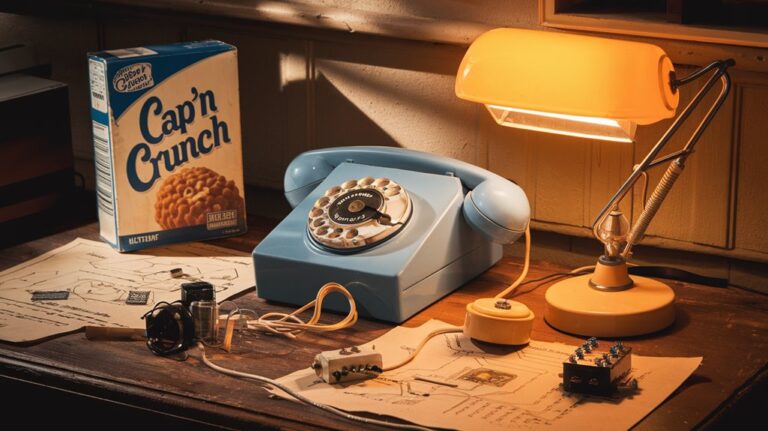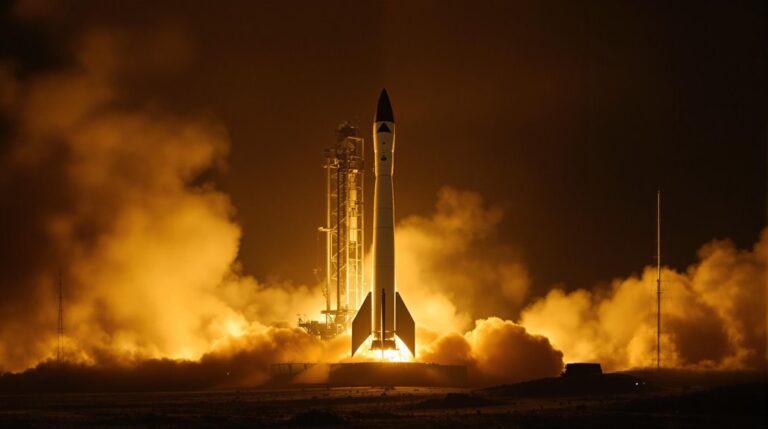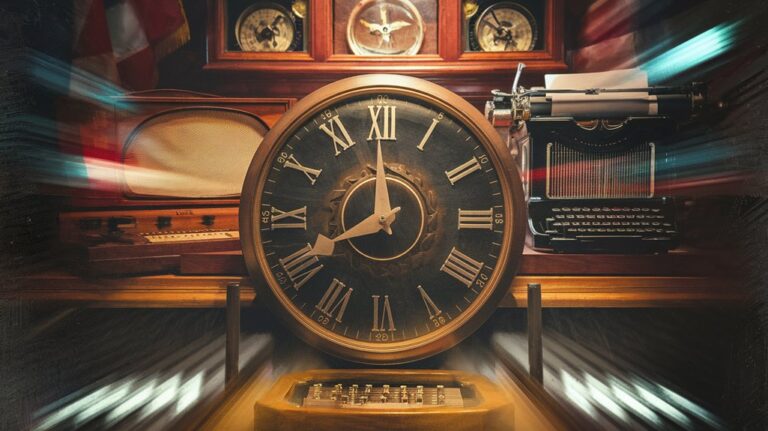Atomic Cruise Ships: The Future That Never Happened
Picture yourself on a gleaming white vessel that never needs to refuel, gliding effortlessly across vast oceans for months at a time. You've probably never heard of the NS Savannah, but in the 1950s, this nuclear-powered ship embodied America's grandest maritime dreams. While today's cruise ships run on conventional fuel, there was a brief moment when atomic power promised to revolutionize sea travel. What you'll discover about this ambitious venture might change how you view the intersection of nuclear technology and luxury tourism.
The Birth of NS Savannah: America's Nuclear Dream
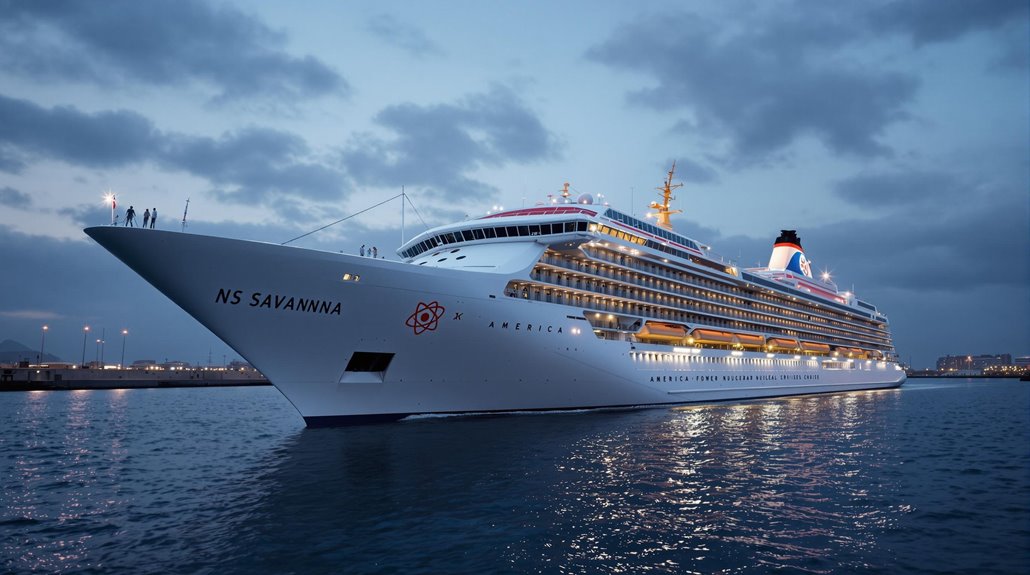
As the Cold War tensions permeated the 1950s, President Eisenhower's "Atoms for Peace" initiative gave birth to the NS Savannah, America's ambitious venture into nuclear-powered merchant shipping.
You wouldn't have seen anything like it before – a 600-foot marvel of maritime innovation launched in July 1959, built by New York Shipbuilding Corporation.
This joint project between the U.S. Maritime Administration and Atomic Energy Commission aimed to showcase nuclear propulsion's potential in commercial shipping.
Designed by George G. Sharp Inc., the vessel featured a 74-megawatt pressurized water reactor from Babcock & Wilcox Company.
With its 22,000-ton displacement and impressive 24-knot speed, the Savannah exceeded design expectations, demonstrating that nuclear power could revolutionize merchant shipping.
Interior spaces showcased Space Age motifs throughout its modern design, making it feel more like a futuristic cruise ship than a cargo vessel.
It wasn't just a ship; it was America's statement to the world about peaceful atomic technology. The vessel's impressive capacity to carry 9,400 tons of cargo made it a true testament to the possibilities of nuclear-powered commercial shipping.
Engineering Marvel or Maritime Folly?
While the NS Savannah represented America's atomic aspirations, its legacy sparked intense debate about nuclear-powered merchant vessels.
You'll find impressive engineering achievements in its 74 MW reactor design, innovative safety features, and robust shielding systems. The ship's reinforced hull and automatic shutdown mechanisms addressed safety concerns, while its one-way flooding valves provided environmental impact protection. Launched under President Eisenhower's Atoms for Peace program, the vessel symbolized the peaceful application of nuclear technology.
Yet despite these technical marvels, the Savannah faced significant operational challenges. You'd be surprised to learn that its streamlined design actually hindered cargo operations, while special port permissions and larger crew requirements drove up costs. The excellent safety record of US Naval reactors, demonstrated through over 6200 reactor-years of accident-free operation, stands in stark contrast to the commercial challenges faced by civilian nuclear vessels.
When you consider the $2 million annual subsidy premium and ongoing labor disputes, it's clear why the experiment struggled. The ship's hybrid passenger-cargo concept ultimately proved that technological innovation alone couldn't guarantee commercial success.
Public Fascination and Global Impact
Nuclear-powered ships captivated the public's imagination during the 1960s, with the NS Savannah leading the atomic revolution in maritime travel.
You'd find children reading "Atoms Afloat!" while their parents marveled at promotional materials showcasing futuristic amenities and sleek designs. The ship offered luxurious features like color television and air-conditioning. Safety regulations required ships to obtain special port permits for international travel.
Public optimism toward atomic cruising gradually shifted to nuclear skepticism, especially after incidents like Chernobyl.
Yet today, as the shipping industry grapples with carbon emissions, you're witnessing a surprising twist: nuclear power is re-emerging as a potential solution.
While 76% of travelers want greener options, and cruise lines target carbon neutrality by 2050, younger generations are more receptive to nuclear technology at sea.
The NS Savannah's legacy lives on through pop culture references, plastic models, and renewed discussions about sustainable maritime travel.
The Hidden Costs of Atomic Ambition
Behind the gleaming promise of atomic-powered vessels lurked staggering financial and operational burdens that few could have predicted.
You'd find construction costs soaring far above conventional ships, while specialized crew training and nuclear waste management drained resources. The financial viability of these vessels crumbled under astronomical insurance premiums and maintenance expenses. Much like today's cruise lines that charge up to $100 per day for beverage packages, atomic ships would have required substantial passenger fees to offset operational costs.
When you look beyond the monetary challenges, you'll discover a maze of regulatory hurdles. Safety concerns led many ports to refuse entry, requiring months of negotiations and complex paperwork. The N.S. Savannah demonstrated this challenge when it attracted 1.4 million visitors during its first operational year, yet still struggled to gain widespread port acceptance.
You'd need a larger crew – about one-third more than conventional ships – while dealing with impractical cargo configurations and limited capacity. Even attracting passengers proved difficult, as public skepticism about floating nuclear reactors created insurmountable marketing challenges in an industry dominated by cheaper, traditional options.
Nuclear Ships: Lessons From a Bold Experiment
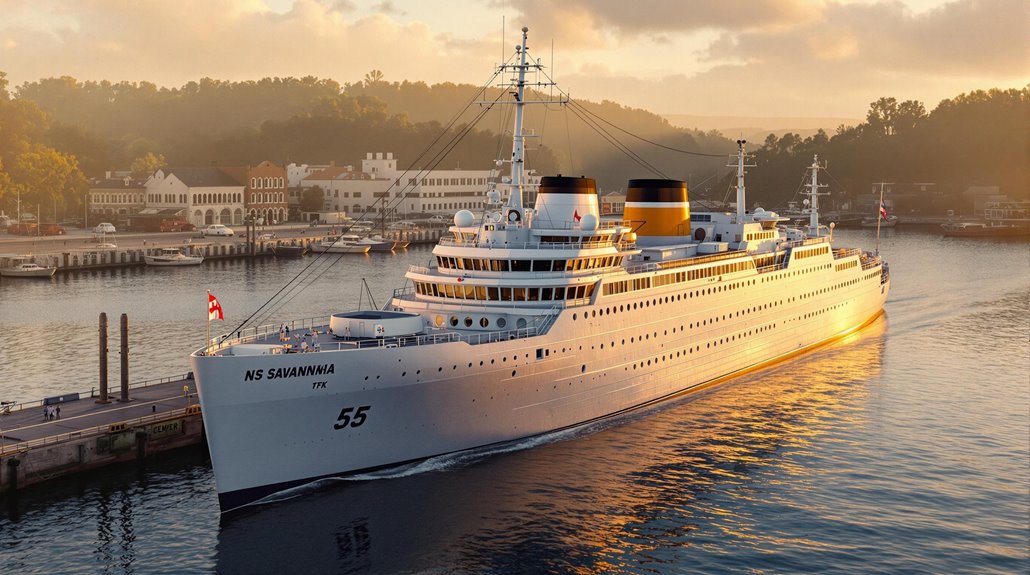
Looking back at these atomic experiments offers invaluable insights through the story of NS Savannah, America's pioneering nuclear merchant ship.
You'll find this $46.9 million vessel wasn't just a maritime innovation – it was a bold statement about nuclear energy's potential at sea. With its ability to travel 336,000 nautical miles on a single fuel load, Savannah demonstrated impressive capabilities that seemed to promise a revolution in shipping. Like early advertising in America, the project aimed to shape public perception of nuclear technology.
Yet nuclear safety concerns and economic realities told a different story. Despite traveling 450,000 miles using just 163 grams of uranium, the ship's high operating costs and specialized crew requirements proved insurmountable. The ship required a crew size one-third larger than comparable oil-fired vessels, adding significantly to operational expenses.
While Savannah inspired similar vessels in Germany and Japan, it ultimately revealed that the dream of atomic-powered merchant ships wasn't commercially viable in its era.

